With over thirty participating galleries and three days of events, Mayfair Art Weekend kicks off on Friday 28 June with Gallery HOP!, an evening of late viewings and special events at galleries in the area from 6-8pm.
In the lead-up to Gallery HOP!, ArtReview is publishing a specially themed guide each week, to help you decide what to see and where to start when the weekend kicks off. In lieu of ArtReview taking you round the galleries in person (we’re not sure you would want that), you can use these to navigate Mayfair’s busy art neighbourhood. Here’s tour number one, taking you from Green Park to Oxford Circus…
The Embodied Beings Tour
The body might be the oldest subject in the history of Western art, but it’s also the most inexhaustible. Arguments over the body – from reproductive rights to gender fluidity, from body image anxiety to pornography, to digital incarnation – shape the present moment. So it’s no surprise that in the expanded field of contemporary art, as in the wider world, the body is battleground, a playground and a portal to enlightenment.
They’re all here, on the ‘embodied beings tour’…
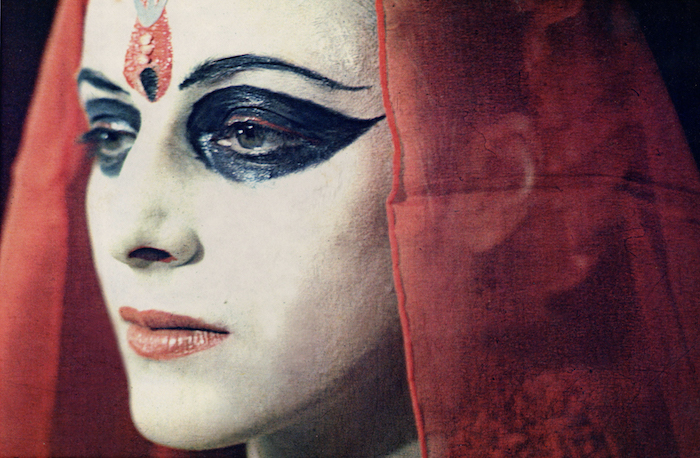
Penny Slinger: Tantric Transformations at Richard Saltoun, 29 June – 31 August
On your way to Richard Saltoun Gallery, take a stroll through the nearby National Gallery and count the female nudes smiling flirtatiously out of their picture frames. Penny Slinger was among a generation of artists emerging in the sixties and seventies to object to the, err, objectification of female bodies in art history. Her portrayals of the female body – in films and photographs – are altogether less demure, not obviously interested in satisfying male fantasies, and shaped by her interest in Eastern mysticism. Finding the artworld too conservative, she left it after co-authoring a tantric sex manual: helped along by a memorable Village Voice review promising ‘opulent cocktailable sexbiggies’, it sold a million copies worldwide. So, the younger among Mayfair’s Art Weekenders may owe more to this pioneering ‘feminist surrealist’ than they realise. For those who want to find out more, Slinger is in conversation with Hettie Judah on Saturday, and Penny Slinger: Out of the Shadows, the recent documentary on the artist, screens (followed by a Q&A with Slinger) at the ICA the same evening.

It’s Not Me, It’s You at Gazelli Art House, 4 May – 29 June
Flicking through Slinger’s eyepopping illustrations to Sexual Secrets: The Alchemy of Ecstasy (1979) makes it easy to believe, as this group show at Gazelli proposes, that ‘the positions of “you” and “me” might be exchangeable’. Considering how our relationship to our bodies is changed what the press release coyly calls ‘intimate interaction’, the exhibition features videos by trans artists Zackary Drucker, Gray Wielebinski and the post-gender performance artist Cassils, whom ArtReview fondly remembers as the ‘contra-sexual prophet’ whose dance literally breaks the internet in Zach Blas’s Jubilee 2033 (2014–18). Photographs by the great Nan Goldin, whose influential recent activism emerged from her own struggles with opioid addiction, round out a show that addresses the body in terms of vulnerability, intimacy and care.
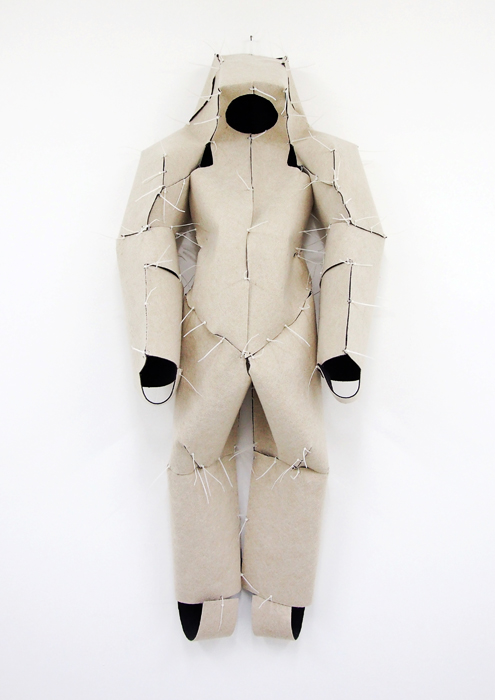
Didier Fiúza Faustino: Sweet Dreams are Made of This at Senesi Contemporanea, 6 June – 27 July
‘A house,’ wrote Peter Sloterdijk, ‘is a three-dimensional answer to the question of how someone can be together with someone.’ Which sounds to ArtReview like stating the bleeding obvious, though ArtReview isn’t a hugely influential German philosopher. But it might make sense to Didier Fiúza Faustino, an artist-slash-architect whose work considers the relationship between buildings and bodies. His hybrid structures often serve a political purpose, drawing attention to the plight of illegal immigrants or questioning the distribution of property in capitalist society, for instance. The gallery states that the works in Sweet Dreams are Made of This ‘disclose a remarkable sense of wider humanity’. And who is ArtReview to disagree?
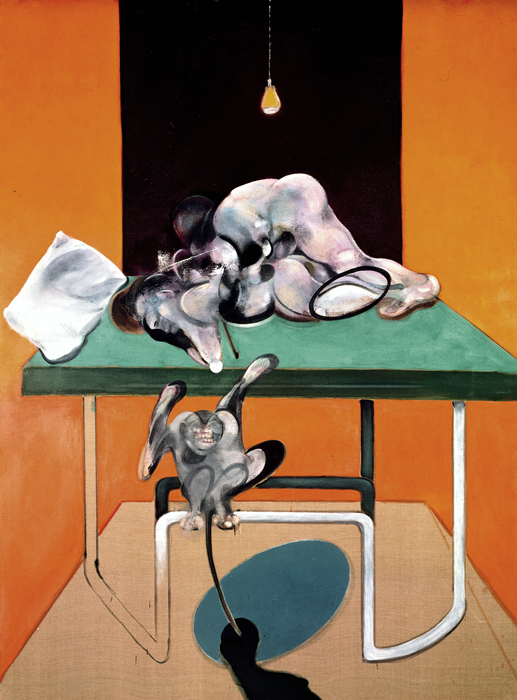
Francis Bacon: Couplings at Gagosian, 6 June – 3 August
If intimacy and care for the body have been themes of this tour so far, then Francis Bacon’s paintings of coupled figures explore the damage we inflict upon ourselves and each other. In these brutal canvases, spanning the 1950s to 1970s, the body is a site of violence and suffering; the loss of selfhood we associate with love and sex is dangerous rather than comforting. Among the subjects are Bacon’s lover George Dyer (whom he met, at least apocryphally, when Dyer broke into the painter’s flat during a failed burglary), Henrietta Moraes, who owned the notorious Colony Room Club at which Bacon and Lucian Freud were regulars, and his friend Isabel Rawsthorne.
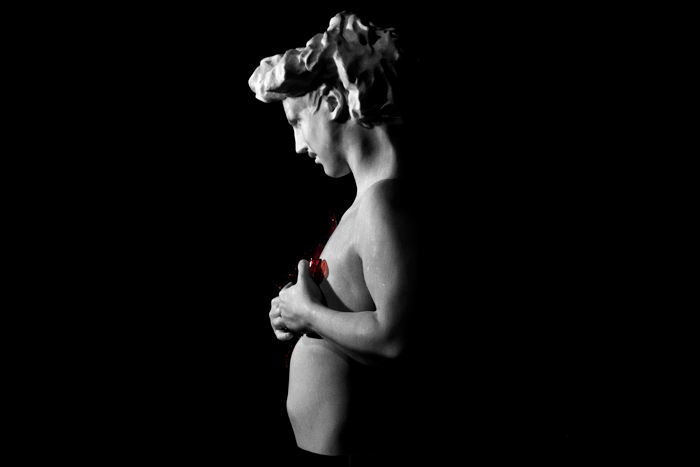
Michelangelo Galliani: Sensitive Surfaces at Contini Contemporary, 28 June – 30 July
The case for nominative determinism receives a boost, meanwhile, from Michelangelo Galliani’s neoclassical sculptures of contorted and reconstructed bodies. That the artist would like his work to be understood in dialogue with the achievements of his Renaissance and classical forebears is exaggerated by the sculptures’ having been left partially unfinished, as if recently rediscovered and tentatively patched together. As more than mere pastiche, Galliani’s hybrid forms – rendered in marble, steel, wax, slate, ceramic, lead and gold – prompt thought on how our understanding of the human body has changed and how much, after all, remains the same.
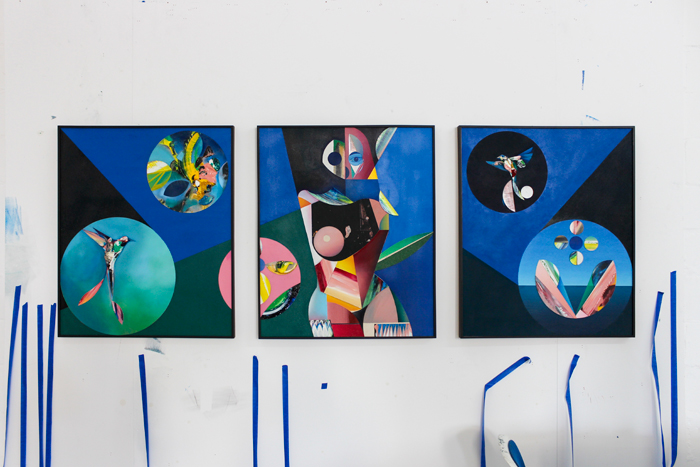
Ryan Hewitt at Unit London, 20 June – 13 July
The attempt to identify that which is shared, and that which is unique, might explain the reduced geometrical portraits of Ryan Hewitt. With the distinguishing features here effaced or caricatured, these semi-abstract portraits give the impression of feeling subjects unable to escape unresponsive or mechanical bodies. Mixing and matching styles – Bacon seems to have influenced the rendering of certain faces while Cubism is apparent in the reduction of complex physiognomies to regular shapes – Hewitt’s paintings catch something of the millennial generation’s much-vaunted sense of melancholy, displacement and alienation.
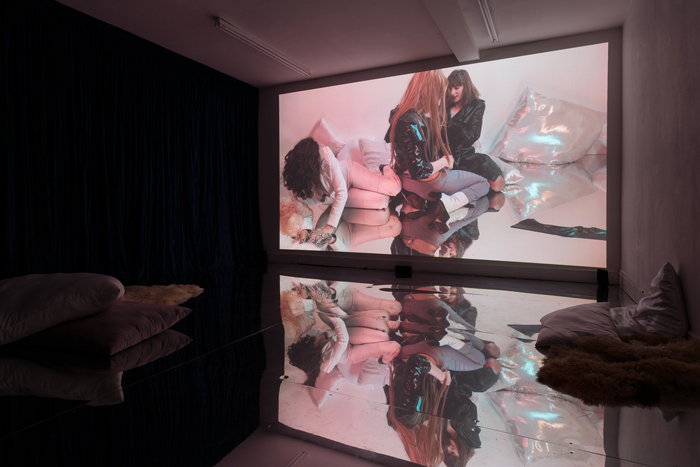
Zoe Williams: Sunday Fantasy at Mimosa Art House, 25 May – 27 July
The titular fantasies of Zoe Williams’s film installation are those of the superbly named Veronica Malaise, who uses an enchanted perfume bottle once owned by a lesbian Roman priestess to make real her wildest erotic imaginings. Which sounds a whole lot more fun than the recent Disney re-adaptation of Aladdin. Yet there are some serious issues at play here, not least how the internal logics of fantasy can disrupt existing power structures – worth remembering here that the 1001 Nights was dreamt up by a woman in order to dodge sex and subsequent execution – and how to represent the kind of queer female desire which was for so long excluded from the history of art. Anyhow, ArtReview is off to scour the flea-markets for antique perfume bottles, just on the off chance…
Follow more tours:
The Abstract or Pop Tour
The Conceptual Curveball Tour
5 June 2019
